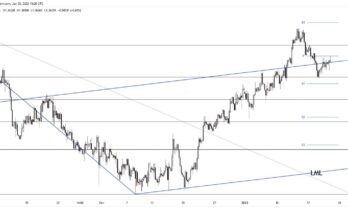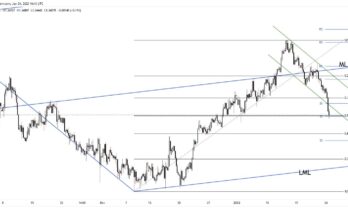The result of last week’s change in Fed language was a reversal of the recent dollar strength, together with new highs in Eurozone equities. The Eurostoxx 50 has risen for seven consecutive weeks, whilst the UK FTSE has broken through the 7,000 level. On the face of it, the QE party has further to run and especially for the Eurozone. The looming risk on the horizon once again in Greece, where the pressure once again is on as the Greek PM has been meeting with Eurozone officials and the German Chancellor. Greece claims that it will struggle to pay all its obligation by the end of April. On the other side, Eurozone officials want to see more solid progress on economic reforms before any further loan payments are disbursed.
In this period of a weaker dollar, it’s been the kiwi, Swiss franc and Aussie dollar that have gained the most vs. the Greenback. The Aussie has been above the 0.78 level several times over recent days, whilst we have seen USDCHF sustain and build upon the move below the parity level seen last week. Given the shift in stance from the Fed, the dollar correction could well have further to run. There are no top tier data releases this week for the US currency. Existing Home Sales data is seen later today, with New Home sales Tuesday and Durable Goods on Wednesday. Further details on Q4 GDP are seen on Friday, together with Michigan confidence data. Note that the UK sees inflation data tomorrow, with the headline rate seen falling to just 0.1% YoY, but note that core inflation (removing fuel and food price effects) has remains firm above 1% and has risen over the past two releases.
Further reading:
Aussie
EUR/USD: Turning Points – Nordea



